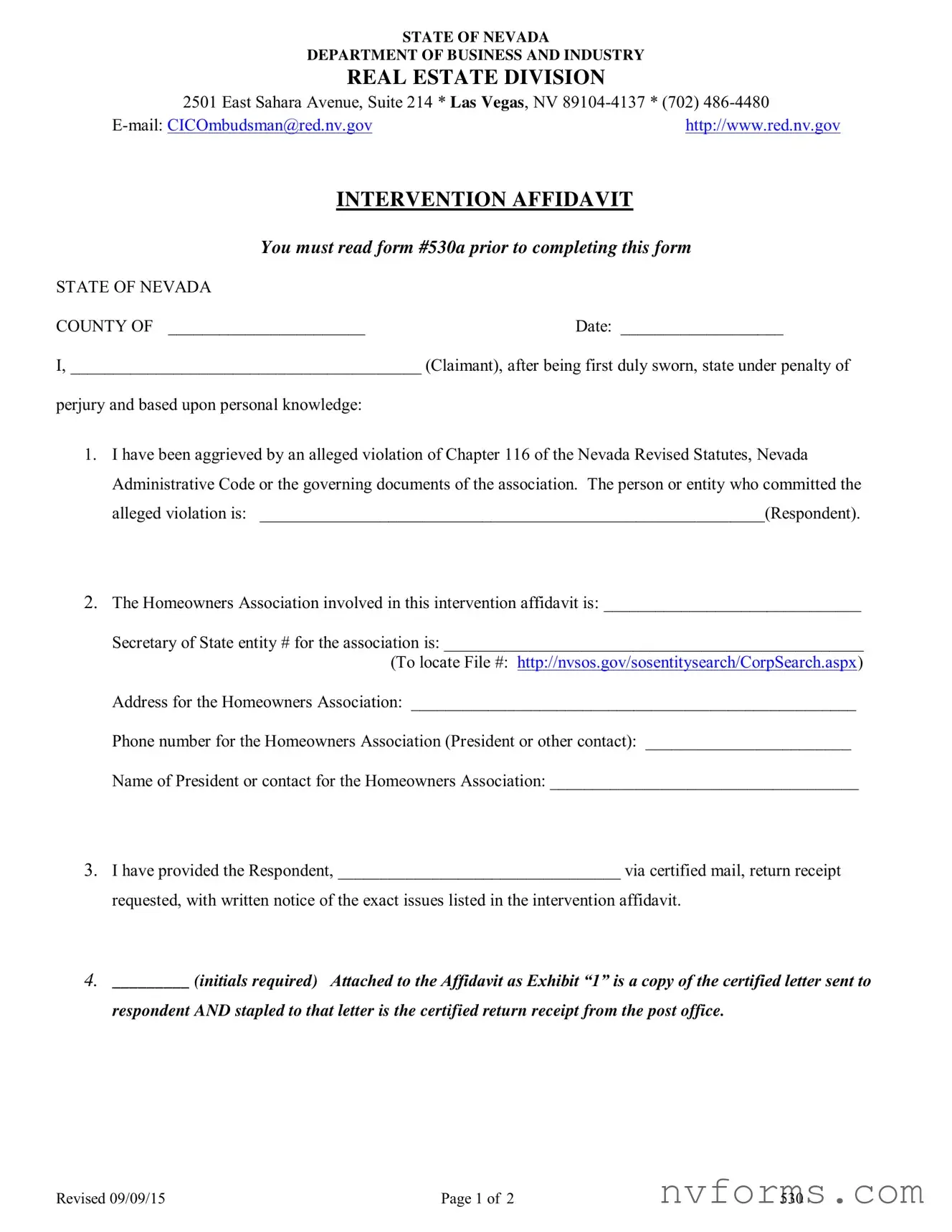STATE OF NEVADA
DEPARTMENT OF BUSINESS AND INDUSTRY
REAL ESTATE DIVISION
2501 East Sahara Avenue, Suite 214 * LAS VEGAS, NV 89104-4137 * (702) 486-4480
E-mail: CICOmbudsman@red.nv.govhttp://www.red.nv.gov
COMPLAINT:
__________________________________________________________________________________________
__________________________________________________________________________________________
__________________________________________________________________________________________
__________________________________________________________________________________________
__________________________________________________________________________________________
BRIEF STATEMENT OF FACTS:
__________________________________________________________________________________________
__________________________________________________________________________________________
__________________________________________________________________________________________
__________________________________________________________________________________________
__________________________________________________________________________________________
__________________________________________________________________________________________
RESOLUTION:
__________________________________________________________________________________________
__________________________________________________________________________________________
__________________________________________________________________________________________
__________________________________________________________________________________________
SUPPORTING LAW AND/OR GOVERNING DOCUMENT:
__________________________________________________________________________________________
__________________________________________________________________________________________
I have read the foregoing Affidavit consisting of |
|
pages (including all additional attached pages), and |
it is true and correct to the best of my knowledge and belief.
(Signature of complainant) _____________________________
Name ______________________________________________
Street Address _______________________________________
City, State, Zip _______________________________________
Area Code __________ Phone__________________________
Subscribed and sworn to before me
This ___ day of _____________, 20____.
__________________________________NOTARY PUBLIC
